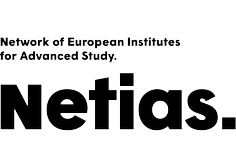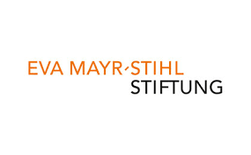John Singler (New York): Stereotypes, stigma, and agency in Vernacular Liberian English
| Wann |
15.04.2011 von 14:00 bis 16:00 |
|---|---|
| Wo | FRIAS Seminar Room, Albertstraße 19 |
| Name | Dr. Gesa von Essen |
| Teilnehmer |
nach Anmeldung |
| Termin übernehmen |
|
Abstract
The too-rigid identification of standard speech varieties with prestige and non-standard ones with stigma has long been tempered by sociolinguists’ awareness of covert prestige (Trudgill 1972). Accordingly, as DeCamp’s (1971) creole continuum model evolved, linguists re-evaluated the status of the basilect (the variety furthest from the colonial language). Having viewed it first as a repository of stigma (cf. Washabaugh 1977), they came to recognize that covert prestige accrues to the basilect, a consequence of its role in expressing “friendship, identity, [and] . . . solidarity” (Rickford 1985:155).
In articles in 1987 and 1997, I made the case that the continuum model characterizes Vernacular Liberian English (VLE). In Caribbean continua, the speakers are all L1 speakers; in contrast, the VLE continuum’s basilectal end consists of speakers who are adult L2 learners of the variety. In the 1987 article, I argued that the basilect is the site of greatest stigma while the urban mesolect is the primary locus of covert prestige. This leads to the following question: is it really possible for basilects (and other low-status speech varieties) to be burdened with stigma without any covert prestige whatsoever? Two further questions follow from this one: How much control are adult L2 learners likely to exert over their production of stigmatized speech, and how likely is it that they control the necessary sociolinguistic awareness to be able to recognize that the speech in question is indeed stigmatized?
In VLE, the basilectal extreme is located stereotypically among soldiers and rubber tappers from the country’s interior. The present study examines variation in the speech of seven men ex-tappers and ex-soldiers from a small town in the interior. It examines their use of three features:
- addition of a paragogic vowel to consonant-final monosyllabic verb forms, e.g. [meke] ‘make,’
- deletion of /s/ in obstruent onset clusters, e.g. [ku] ‘school,’ and
- use of the imperfective AUX de.
For each, metalinguistic evidence is presented to establish its stigmatized status. The analysis distinguishes between marker and stereotype (Labov 1971, Silverstein 2003, Eckert 2008), arguing that a stigmatized feature is necessarily a stereotype. The question of the speakers’ agency in their use of the forms is explored. Ultimately, the earlier claim that the basilect has stigma without covert prestige is reassessed.
DeCamp, David. 1971. Toward a generative analysis of a post-creole speech community. In Dell Hymes (ed.), The pidginization and creolization of languages, 349-370. Cambridge: Cambridge University Press.
Eckert, Penelope. 2008. Variation and the indexical field. Journal of Sociolinguistics 12.453-476.
Labov, W., 1971. The study of language in its social context. In: Joshua A. Fishman (ed.), Advances in the sociology of language, Vol. 1, 152-216. The Hague: Mouton.
Rickford, John R. 1985. Standard and non-standard language attitudes in a creole continuum. In Nessa Wolfson & Joan Manes (eds.), Language of inequality, 145-159. Berlin: Mouton.
Silverstein, Michael. 2003. Indexical order and the dialects of sociolinguistic life. Language and Communication 23.193-229.
Singler, John Victor. 1987. The city, the mesolect, and innovation. Journal of Pidgin and Creole Languages 2.119-47.
Singler, John Victor. 1997. The configuration of Liberia’s Englishes. World Englishes 16.205-31.
Trudgill, Peter. 1972. Sex, covert prestige and linguistic change in the urban British English of Norwich. Language in Society 1.179-195.
Washabaugh, William. 1977. Constraining variation in decreolization. Language 53.329-352.





